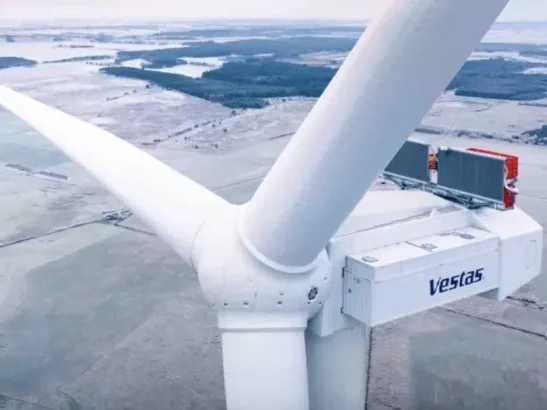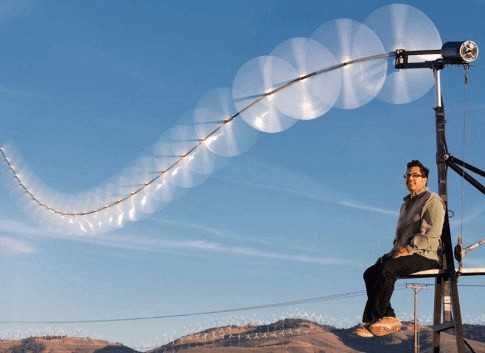A report about the decrease of average wind speeds across America. Iowa State University climate researchers have found in a study that wind speeds in parts of the United States are declining which could impact more than the wind power industry.
The Journal of Geophysical Research-Atmospheres will publish the study of the three Iowa State Researchers who contributed their expertise to the project ‘Modeling North Americas Climate’
“The study found that wind speeds were decreasing more in the East than in the West and more in the Northeast and the Great Lakes.”
Annual Wind Speeds decline in Iowa matches the average for the rest of the country. Iowa State ranks second in the country for installed wind power capacity.
The findings made already headlines across the country with most of the stories focus on the potential implications for the wind power industry.
Eight sets of wind data were studied between 1973 and 2005. Actual wind speeds were measured from anemometers, a hybrid of measurements and computerized climate models as well as two different regional climate models. The model used was a community model that researchers across the globe share and use.
“The trend of slower wind speeds raises the unanswered question if this is part of global warming or something else.”
It is believed by the researchers that slower surface winds can have significant impacts beyond the wind power industry.
One example would be Crops. They depend on the wind for ventilation and cooling. Slower winds could mean higher field temperatures and less productive crops.
Fungus and plant disease could increase through slower winds as more dew covering crops for longer periods. This could lead to lower yields at harvest time.
In cities, slower winds mean more pollution and heat. “Less wind means less ventilation and less sweeping away of pollutants.”
Slower winds are a problem when heat waves hit a city. The winds wouldn’t dissipate as much heat, allowing heat to linger and build.
The study appears to support theories that climate change could affect surface winds.
“There are some good theoretical reasons to think that global warming will cause lighter winds in regions between the tropics and the Arctic. This theory is confirmed with data, the results need to make us think that the theory is on track.”



